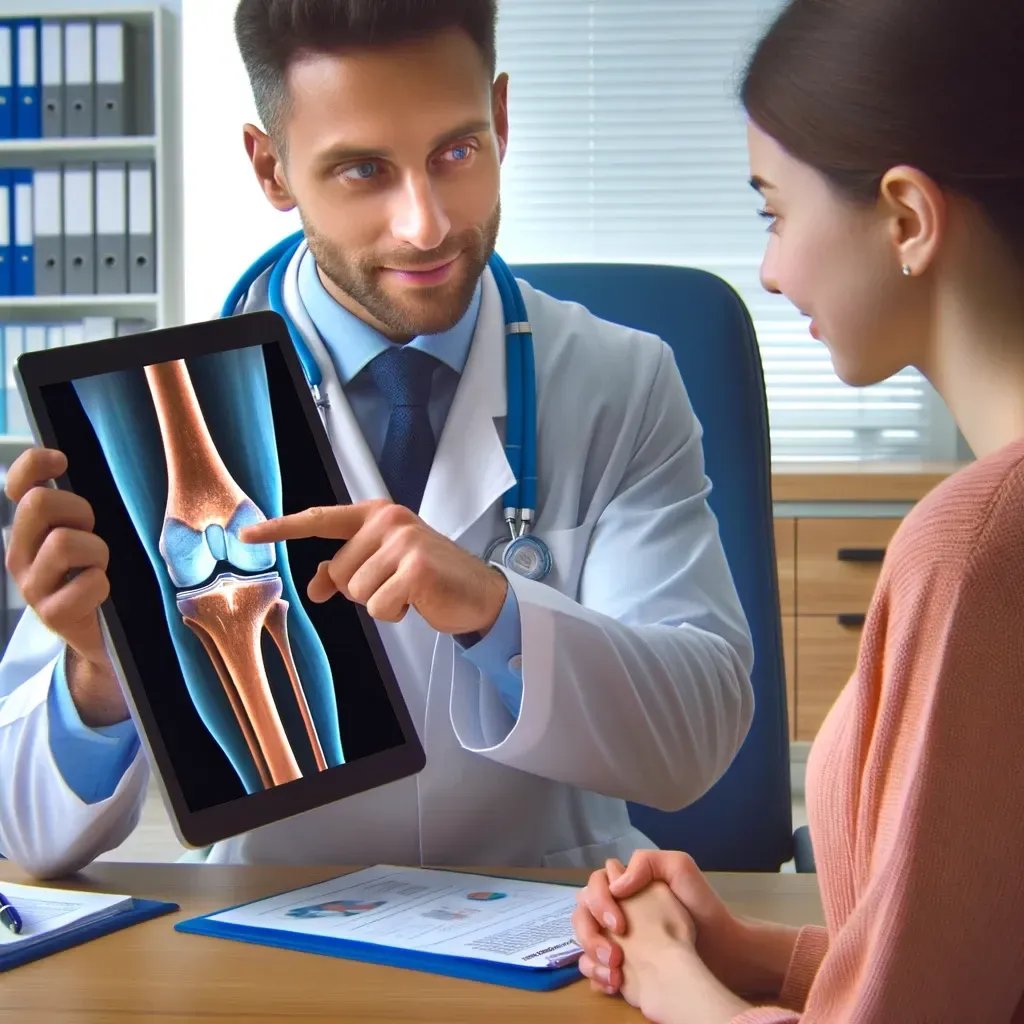The Role of Biotechnology in Personalized Medicine: A Clinical Perspective on Treating OA and RA
Revolutionizing Patient Care Through Tailored Therapies

Personalized medicine stands at the forefront of a revolution in treating chronic diseases, including osteoarthritis (OA) and rheumatoid arthritis (RA). This approach leverages biotechnological advancements to tailor treatments to individual patient profiles, marking a significant shift from the one-size-fits-all paradigm traditionally seen in healthcare.
Emerging Trends in Personalized Medicine for Chronic Diseases
The landscape of personalized medicine has evolved rapidly, thanks to biotechnological innovations. These advancements have made it possible to design treatment plans that are highly specific to a patient's genetic makeup, lifestyle, and disease progression. In the context of OA and RA, personalized medicine offers hope for more effective management of these conditions, potentially leading to better outcomes and improved quality of life for patients.
Biotechnological Innovations in Diagnosing OA and RA
Early and accurate diagnosis is critical in managing chronic diseases effectively. Biotechnological tools, including biomarkers and genetic testing, have emerged as key enablers in diagnosing OA and RA with greater precision. These technologies not only facilitate an earlier diagnosis but also help in predicting disease progression, enabling clinicians to devise more personalized treatment strategies.
Tailored Therapies for OA and RA
The cornerstone of personalized medicine in treating OA and RA lies in the development of tailored therapies. Biotechnology has introduced targeted biologic therapies and gene editing techniques, among others, that offer new ways to treat these conditions more effectively. These therapies focus on the underlying causes of the diseases, such as inflammation and genetic predispositions, offering a more targeted approach to treatment that can minimize side effects and maximize efficacy.
Case Studies and Clinical Trials
Recent clinical trials underscore the potential of personalized medicine in treating OA and RA. One notable study demonstrated how a biologic therapy, tailored to the patient's specific inflammatory markers, resulted in significantly improved outcomes compared to traditional treatments. These real-world examples highlight the promise of personalized medicine in transforming patient care. In many cases, an appropriate animal model is not available to assess safety metrics and that there is a growing need for alternative models.
Challenges and Opportunities
Despite the potential, the implementation of personalized medicine faces several challenges. The high cost of tailored therapies and genetic testing, along with issues of accessibility, pose significant barriers. Moreover, personalized medicine requires a multidisciplinary approach, combining expertise in biotechnology, genetics, and clinical care. However, these challenges also present opportunities for innovation and collaboration, paving the way for a future where personalized medicine is the norm in treating chronic diseases.
The Patient Perspective
For patients suffering from OA and RA, personalized medicine offers a beacon of hope. Interviews and surveys reveal that patients value the prospect of treatments tailored to their specific needs, noting improvements not just in symptoms but also in their overall quality of life. The shift towards personalized medicine signifies a more patient-centric approach to healthcare, where treatments are not just about managing the disease but improving the patient's day-to-day life.
Biotech News




